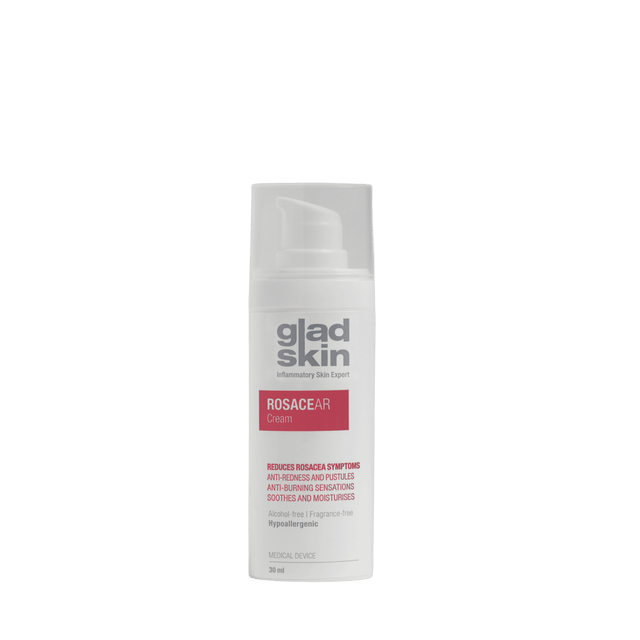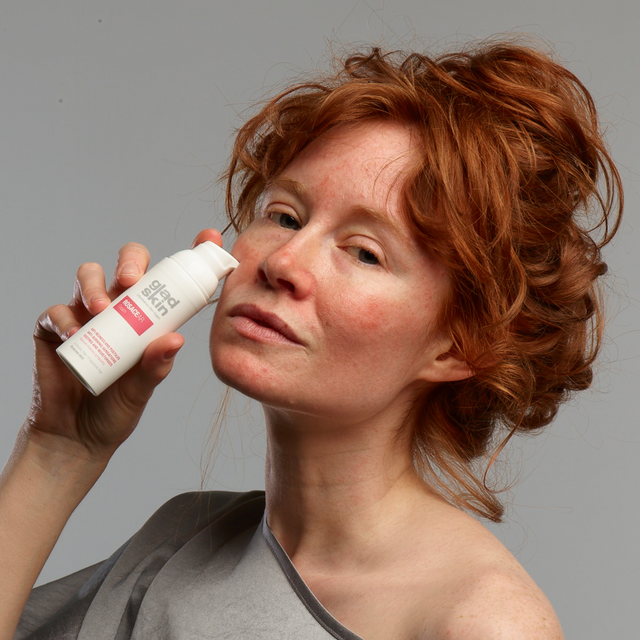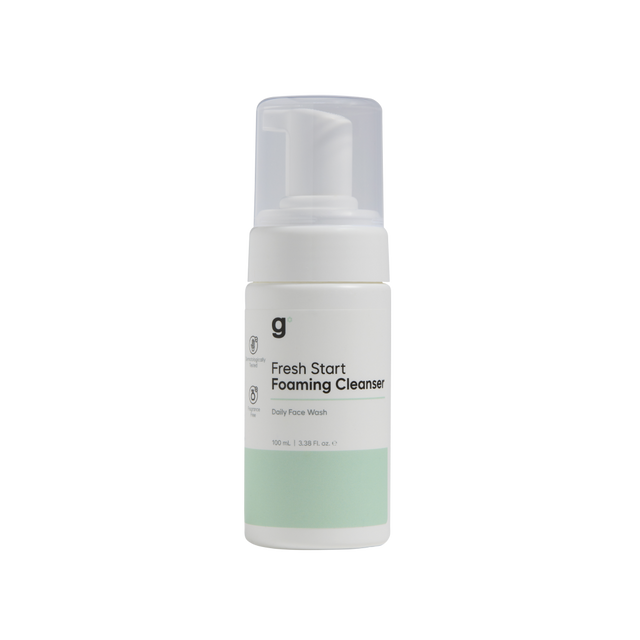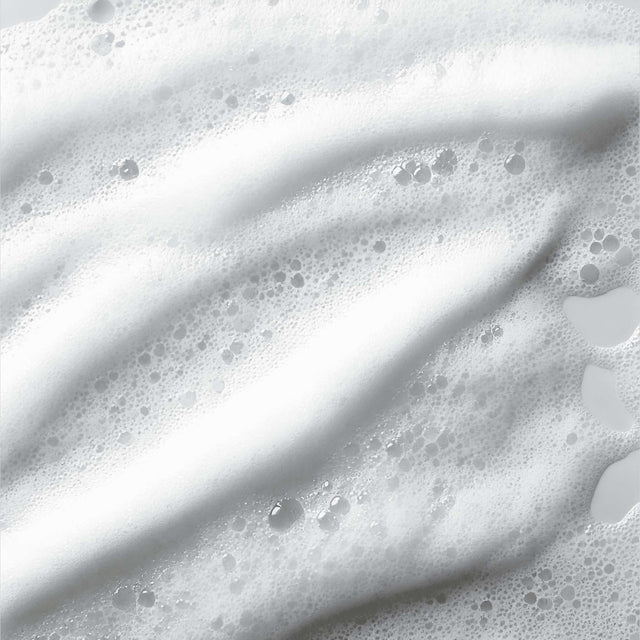If you’ve found yourself struggling with skin issues like facial redness, breakouts, eczema, or just sensitive, dry skin, pause just for a moment and read this!
We believe the key to establishing healthy skin is to first understand your skin microbiome. Every human has a unique skin microbiome that needs nature and nurture. If you’ve heard of your gut microbiome, your skin microbiome is just as important to your health.
Today, we want to give you a quick overview of skin microbiome 101 to help you along your skin journey… and possibly uncover simple solutions to some of your most miserable skin problems.
What is the skin microbiome?
Your skin microbiome, also known as the skin flora or microbiota, is made up of the trillions of bacteria, fungi, and viruses that live on your skin’s surface. On average, there are 1,000 of different species of bacteria on the skin.
Typically when we hear the word “bacteria,” we think of creepy crawlies, infections, or maybe even acne. But not all bacteria are bad! In a healthy, well-functioning microbiome, these good bacteria work together to defend against disease and other environmental threats.
As dermatologist Dr. Peter Lio explains, “Historically, the thinking was that the microbiome is a reflection of what's going on inside. So that if the body was in good shape, the skin microbiome should be in good shape too. But I would argue that this is changing... new research has unveiled how an unbalanced skin microbiome may play a role in many skin conditions, including eczema, rosacea, and acne”.
How the skin microbiome affects your overall health
Your skin is the largest organ of the body; on average, the skin weighs 16% of an adult’s total body weight. It is the body’s protective barrier and first line of defense against foreign invaders. When your skin microbiome is well-balanced and fully functioning, it communicates with the immune system to keep you healthy.
When in a threatened state, the immune system is able to produce antimicrobial substances through the beneficial bacteria on the skin to help fight pathogens.
Because of the skin microbiome’s communication with your immune system, it’s also partly responsible for the body’s inflammatory responses. The presence of good bacteria keeps inflammation at bay. But when the bad bacteria outweigh the good, an inflammatory response is triggered.
As you can tell, the skin plays a major role in the overall wellbeing of your body. Without a strong protective outer skin barrier, your body 1) becomes more susceptible to pathogens and 2) calls for an inflammatory response, which, if it becomes chronic, can lead to other unwanted effects in the body.
That’s why it’s so important to nurture the health of your skin and its microbiome.
How to restore your skin microbiome
The key word here is: balance. Both good and bad bacteria will live on the skin. What you want to do is focus on keeping the two types of bacteria in an ideal ratio, because when the bad outweighs the good, you’ll start to notice those pesky symptoms like facial redness, flaking, itching, eczema, and more.
Be gentle to your skin
Over-exfoliating and over-cleansing with harsh ingredients may kill off bad bacteria, but this also kills off the good bacteria. There is such a thing as “too clean.” We call it over-sanitisation, and it’s the same reason why excessive use of hand sanitisers and antibiotics is discouraged. Killing off both the bad and the good bacteria isn’t the best strategy! So opt for gentle cleansing for your skin.
Pay attention to your pH
The environment of your skin is naturally acidic, and your microbiome prefers it that way. Many soaps on the market today are actually alkaline and have the potential to change the pH balance of your skin. And unfortunately, many bad bacteria thrive in a more alkaline environment. So, keeping your skin’s pH at around 5 (more acidic) helps keep bad bacteria at bay.
Take care of your gut
Your organ systems don’t work independently of one another. In fact, research has shown that your gut can influence everything from your skin to your brain to your endocrine system and beyond. That’s why we suggest nourishing your gut with healthy, whole foods, water, fiber, and probiotics to also help strengthen your skin.
Try microbiome-balancing skincare products
With growing awareness of the importance of the skin microbiome, more and more skincare products contain microbiome-balancing ingredients to help restore healthy skin flora.
Gladskin Eczema, Rosacea, and Acne products are a perfect example! They work with your body instead of against it to bring balance to your skin microbiome, using the endolysin Staphefekt™ - our patented smart protein that kills the bad bacteria while leaving the good bacteria intact.
Dr. Peter Lio says, “Endolysin is a genius approach to solving this problem. It has been refined, by nature, over a very long time to break the cell wall down. And, it's also so targeted that it will only affect a particular bacteria, without hurting any of the other bystanders. But more important than that... because it has been refined over the years, we know that it is unlikely to develop any kind of resistance to it.”
If you believe your skin microbiome may be out of whack, it could be time to give microbiome-balancing products a try. The more research that comes out on the skin microbiome, the more we see what a crucial role its balance plays in your overall health.






